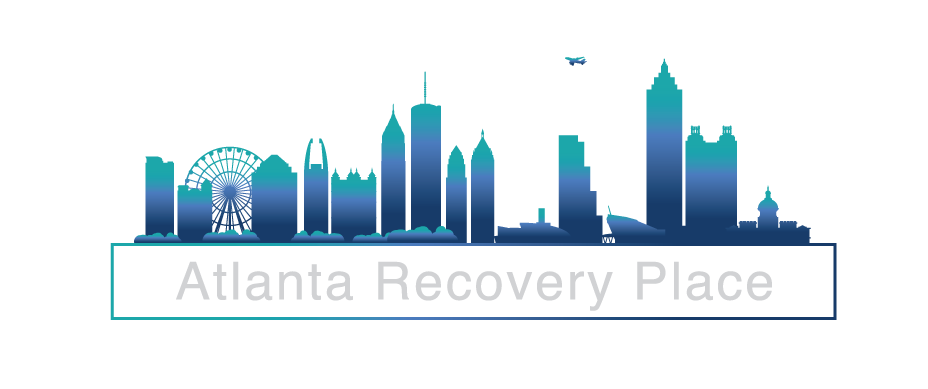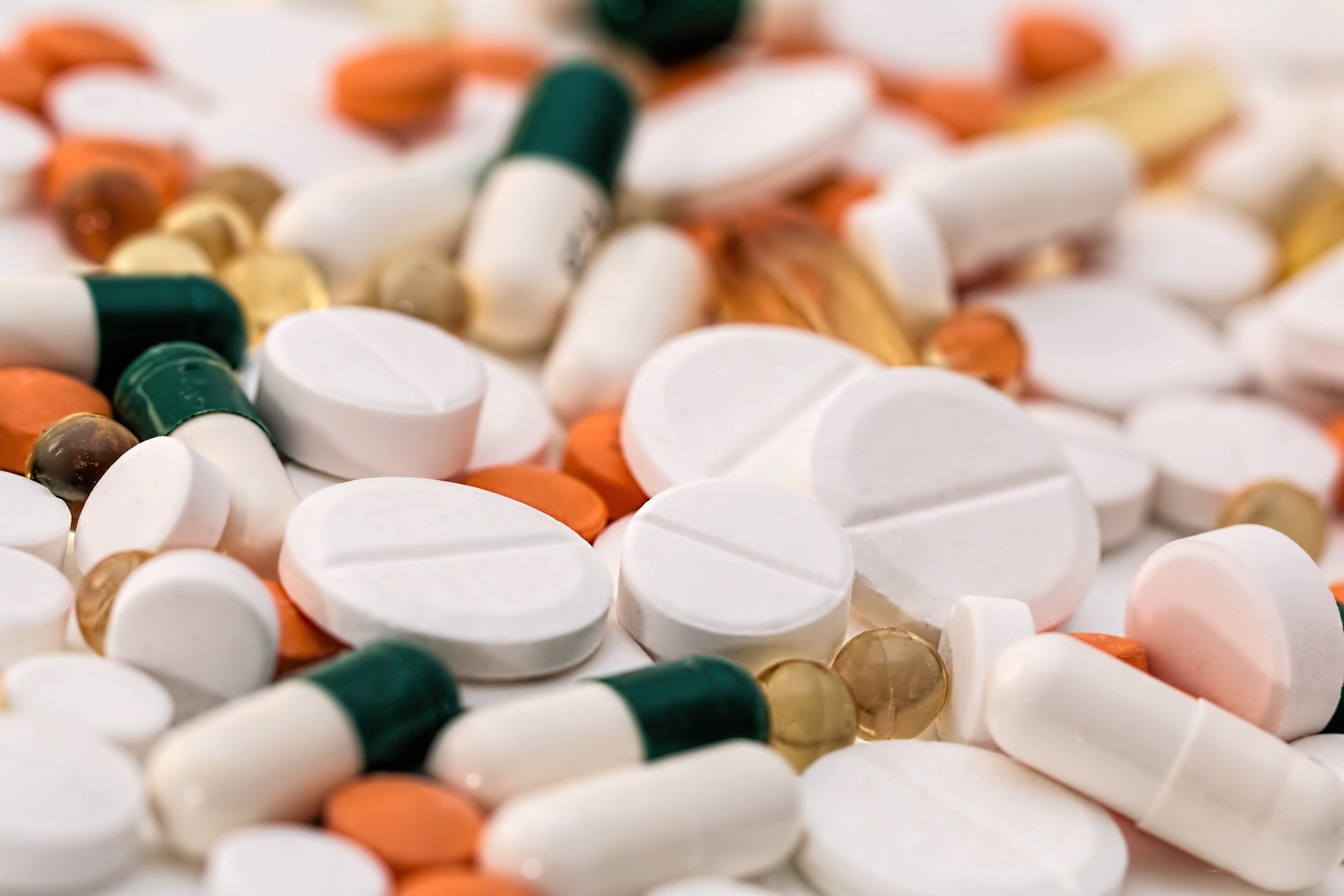There is an epidemic that has been affecting America for generations. This epidemic has caused an abundance of substance abuse throughout the nation. This epidemic is called the opioid epidemic. Here at Atlanta Recovery Place, we want to provide information on the opioid epidemic and how it is affecting Americans all over the nation. Our hope is by raising awareness, we can all band together to stop the opioid crisis plaguing America.
What Are Opioids?
Opioids, or sometimes known as narcotics, are prescribed or illegal pain relievers that have been abused for many decades. Opioids can be natural, semi-synthetic, and synthetic. According to the CDC, there are three different types of opioids. The first type being prescribed opioids. These opioids are usually prescribed by doctors as a pain reliever for moderate to severe pain. This seems to be very common in America and pain affects many Americans. Some of the common types of prescribed opioids are Oxycodone, Hydrocodone, Morphine, and Methadone. The second type of opioids is Fentanyl, a synthetic pain reliever that is more powerful than the other opioids. This opioid has been used in cancer treatment. Illegally made and distributed Fentanyl has been on the rise in the US. The third type of opioids is heroin, an illegal opioid. Heroin has been abused across genders, ages, classes, and geographics.
How Are Opioids Affecting America?
According to the CDC, almost 450,000 people have died from overdoses involving opioids between the years 1999 and 2018. That is an alarming amount of deaths. There have been three waves within the opioid epidemic involving the three different types of opioids. The first wave began in 1990 with an increased amount of prescribed opioids. Prescription opioids are supposed to be for short term pain management, but instead and widely abused and used for long term pain management, contributing greatly to the opioid epidemic in America. These opioid overdose deaths were from natural and semi-synthetic opioids that have still been increasing since 1999.
The second wave started in 2010 with increasing overdoses and deaths due to heroin. The third wave started in 2013 with an increase in overdoses and deaths due to synthetic opioids (usually Fentanyl). Opioids can cause many different issues and side effects within its user. These side effects can range from something as little as drowsiness to something as intense as slow heart rate and even death. The amount of opioid deaths have decreased from 2017 to 2018, it is important to continue that decreasing trend.
How to Get Help
The first step in receiving help is acknowledging that you have a problem, which takes a lot of boldness and bravery. Acknowledging you have a problem with opioids is important in the process of recovery. If you realize you have a problem and want to get better, then you will find a way to do so.
Once you acknowledge your addiction, the next step is to take action. If you’re currently prescribed opioids, you can reach out to your doctor who is prescribing them. They can hopefully lower your dose and how many you should take. If you are illegally purchasing opioids, a good option for you is to seek addiction treatment. There are many forms of treatment that can help with an opioid addiction; inpatient, intensive outpatient, and outpatient, just to name a few. If your current environment is not ideal in recovery, find some new scenery. Start addiction therapy or a support group as soon as you can to ensure sobriety and prevent a future relapse.
According to the CDC, some of the best ways to prevent opioid abuse and opioid overdose deaths are to (1) improve and lessen opioid prescribing, (2) reduce the exposure an addict may have to opioids, (3) prevent the misuse of opioids, and (4) treat opioid substance abuse disorder.
How Atlanta Recovery Place Can Help
Here at Atlanta Recovery Place, we want to provide resources in making your recovery process as simple and easy as possible. Reach out to us today so we can assist you or a loved ones individualized needs and help you succeed in the recovery process.





